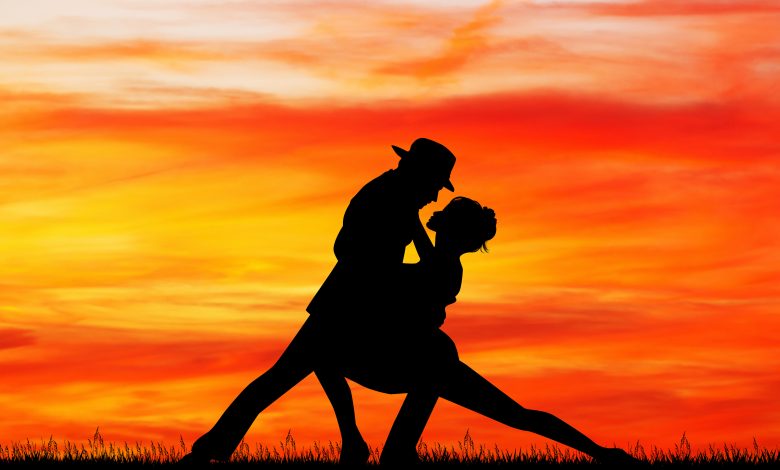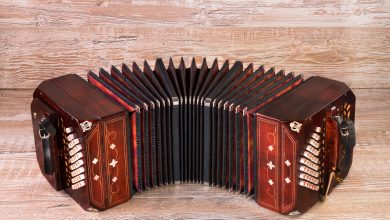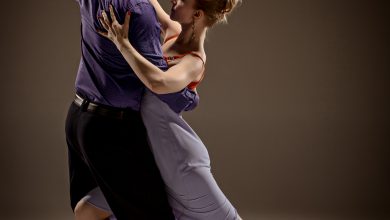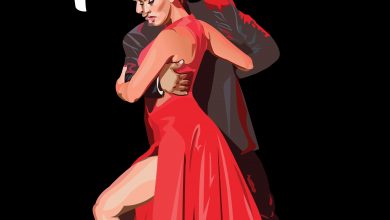1920s and 1930s Argentine Tango

The 1920s and 1930s were the era of Carlos Gardel, the perpetual symbol of the argentine tango.
Carlos Gardel was instrumental to the growing popularity of argentine tango in Europe, beginning in France. Superstar Carlos Gardel became an international sex symbol who brought tango to large, new audiences, particularly in the United States of America, because of his sensual depictions of the tango dance on film. Beginning in the 1920s, Carlos Gardel was especially associated with the transition of the tango from a lower-class “gangster” music connected to brothels to a much more respectable middle-class dance. Carlos helped develop tango-canción in the 1920s and became one of the most popular tango artists of all time. He was also one of the precursors of the Golden Age of tango. At the same time, bandleaders such as Roberto Firpo and Francisco Canaro dropped the flute and added the double bass in its place. Lyrics, however, were still typically macho, with women blamed for all kind of heartaches, and the tango dance moves continued to be sexual and aggressive.
A key collaborator with Carlos Gardel was his lyricist Alfredo Le Pera. His most famous and most popular songs included:
- El Día Que Me Quieras (with Alfredo Le Pera)
- Mano a Mano (with Esteban Celedonio Flores)
- Siga el Corso (with Anselmo Aieta)
- Sus Ojos Se Cerraron (with Alfredo Le Pera)
- Mi Buenos Aires Querido (with Alfredo Le Pera)
- Caminito (with Juan de Dios Filiberto and Gabino Coria Peñaloza)
- La Cumparsita (with Pascual Contursi, Enrique Pedro Maroni, and Gerardo Hernán Matos Rodriguez)
- Volver (with Alfredo Le Pera)
- Silencio (with Alfredo Le Pera and Horacio Pettorossi)
- Madreselva (with Astrid Amadori and Francisco Canaro)
- Malevaje (with Enrique Santos Discépolo and Juan de Dios Filiberto)
- Melodia de Arrabal (with Alfredo Le Pera)
- Tomo y Obligo (with Manuel Romero)
- Volvió una Noche (with Alfredo Le Pera)
- Milonga Sentimental (with Homero Manzi)
- Cuesta Abajo (with Alfredo Le Pera)
- Arrabal Amargo (with Alfredo Le Pera)
- Por Una Cabeza (with Alfredo Le Pera)
- Amargura (with Alfredo Le Pera)
- Golondrinas (with Alfredo Le Pera)
Gardel’s death was followed by a division into several separate tango movements. Evolutionists like Aníbal Troilo and Carlos di Sarli were opposed to traditionalists like Rodolfo Biagi and Juan d’Arienzo. As a result, a number of different approaches to argentine tango developed.
These developments led to what is known as the “Golden Age” of Argentine Tango music.



